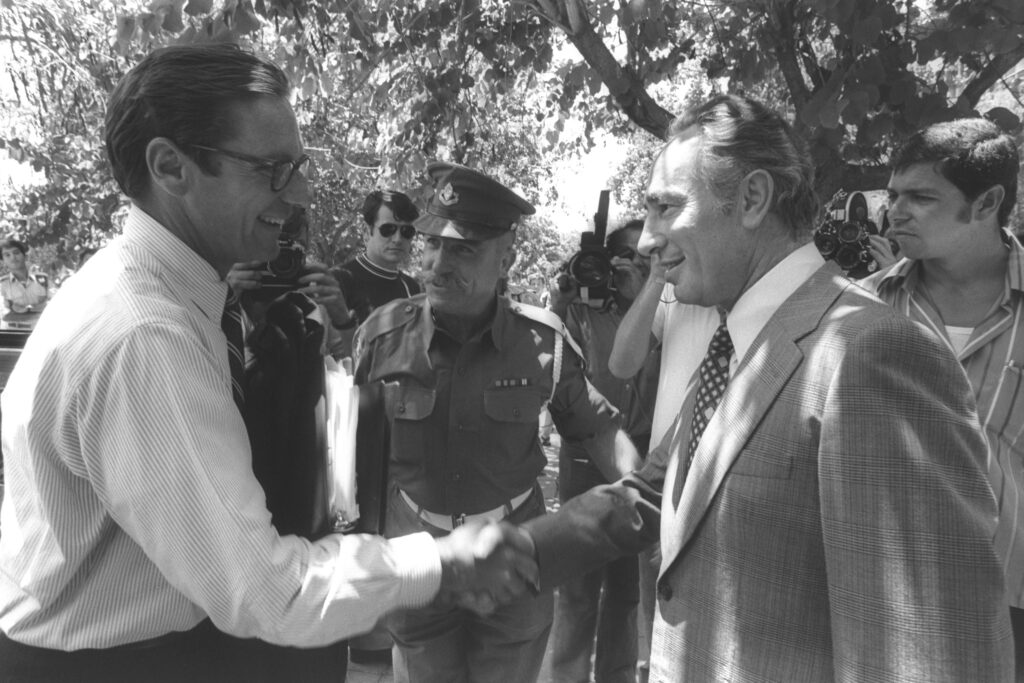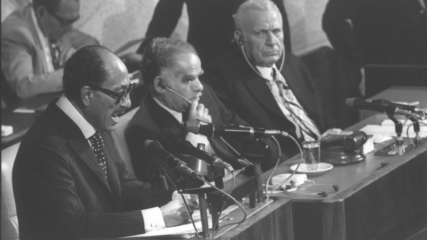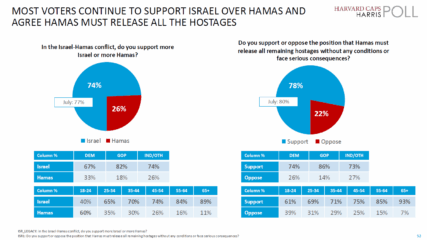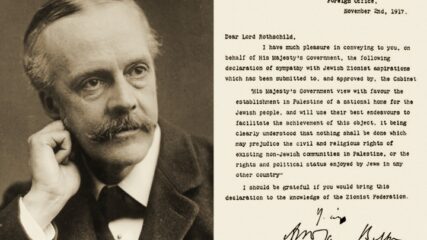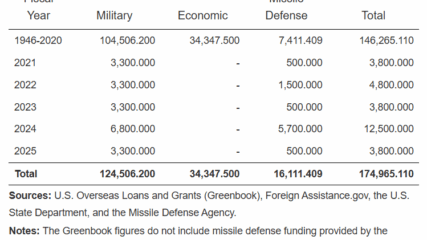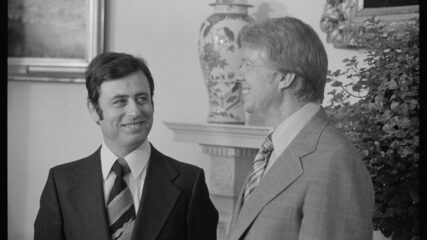May 13, 1975
Israel and the United States sign a wide-ranging agreement aimed at “expanding economic cooperation between the two countries particularly by increasing the opportunities for trade and investment and for cooperation in research and development.” The agreement comes at the end of a two-day summit in Washington of the US-Israel Joint Committee for Investment and Trade, which is chaired by William E Simon, the American secretary of the Treasury, and Yehoshua Rabinowitz, the Israeli minister of finance.
The agreement focuses on four major areas: economic cooperation, specifically economic investment in Israeli industry; elimination of double taxation on income earned in both countries; loan guarantees and marketing for American investment opportunities in Israel, including sponsorship of special missions to Israel for American businesspeople and industrialists; and the development of trade between Israel and the United States. Rabinowitz says the agreement, which includes a statement opposing the Arab economic boycott of Israel and countries doing business with it, indicates America’s “deep concern and interest in the economic development of our state.”
The agreement with the United States is preceded by Israel signing a major economic agreement with the European Economic Community (EEC) on May 11, 1975, in Brussels. That agreement, known as the Mart Pact, eliminates customs tariffs for Israeli products in European markets and provides for a gradual reduction of tariffs on products imported to Israel.
The two agreements come during a period of stagnated economic growth in both Israel and the global economy. For Israel, the October 1973 Yom Kippur War had been economically burdensome, costing the country $8 billion, depleting its foreign currency reserves and leading to a budget deficit of over $4 billion in 1975. The government responds by cutting spending, devaluing the currency and lowering the country’s standard of living. Employment and inflation both grow, and the social inequalities among certain segments of Israeli society, notably the Mizrahim, come to the forefront.
The agreements with the EEC and the United States lead to a growth of Israeli exports in 1976 and help the country finance the deficit without relying on additional loans. That growth is relatively short-lived, however, as Israel’s economy continues to falter into the 1980s, led by astronomical inflation. The economic decline is one of the main contributing factors in the election of the Likud party and Menachem Begin in 1977.
On April 22, 1985, economic ties between Israel and the United States are further strengthened when the two countries sign a comprehensive free-trade agreement. The 1985 agreement is America’s first free-trade pact and Israel’s second, after its 1975 agreement with the EEC.

